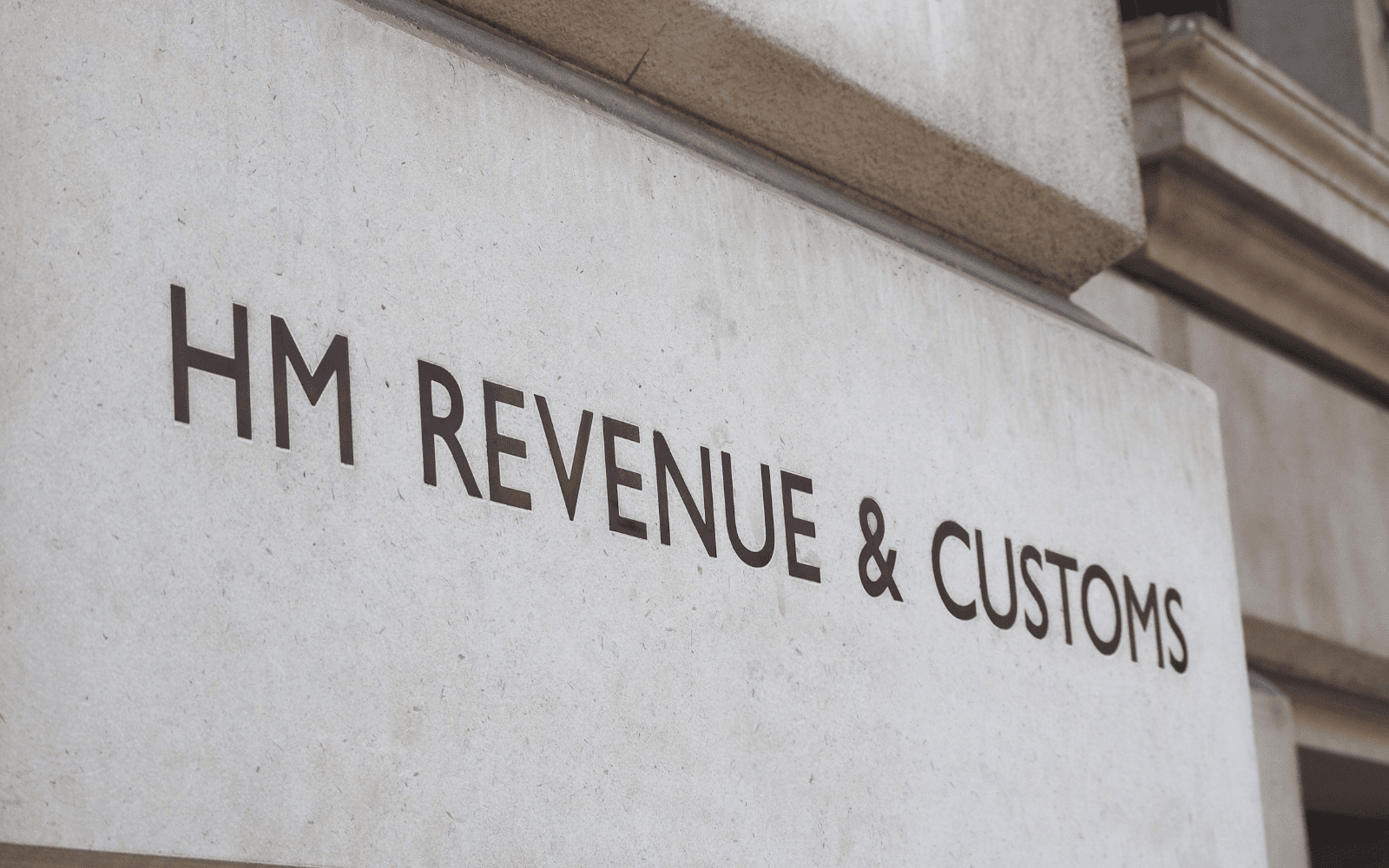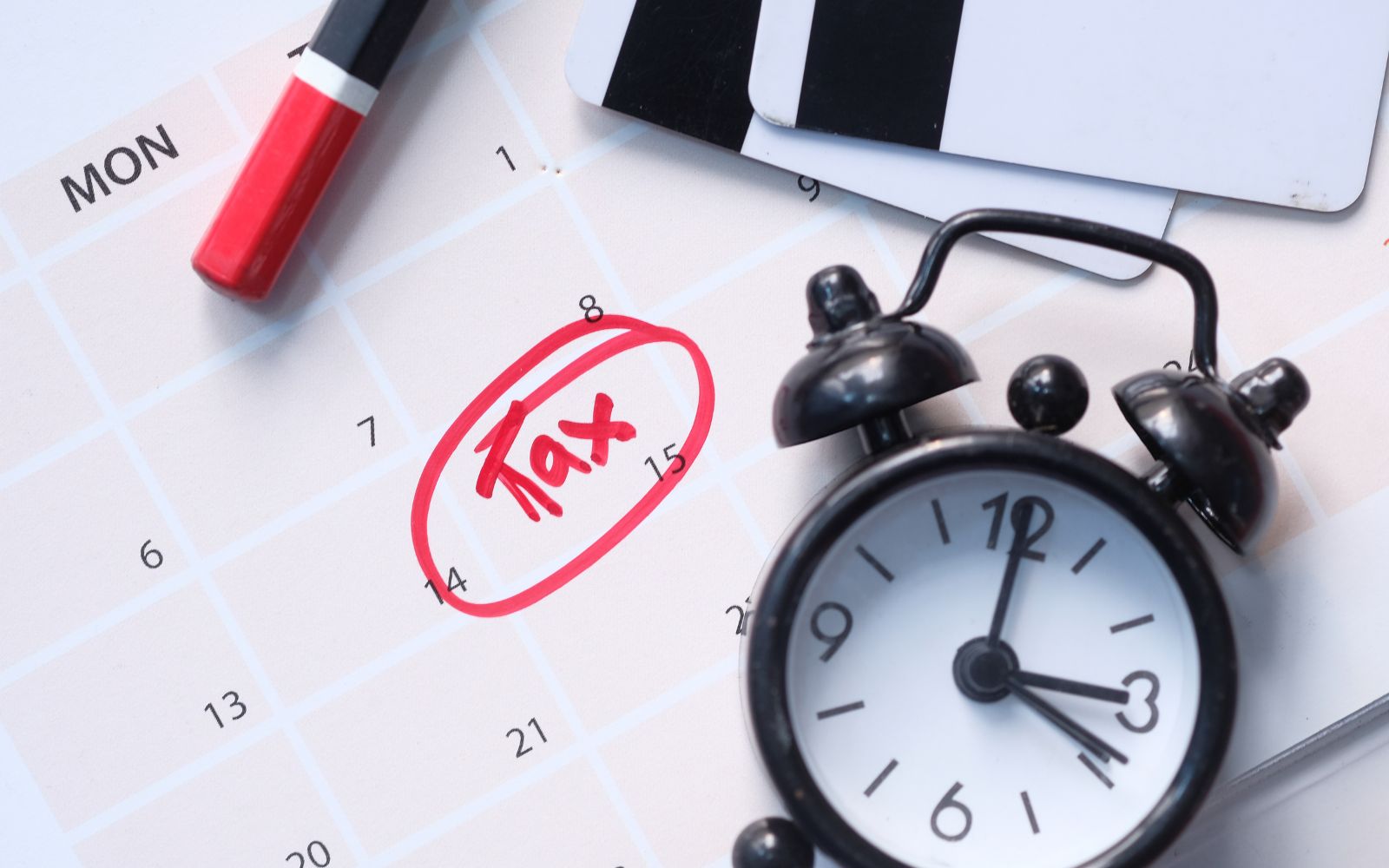What is HMRC’s Discovery Assessment?

Most taxpayers know that they must adhere to a rigid timetable for the submission of tax returns and claims, otherwise either penalties are levied or the claim is refused. Taxpayers are also restricted as to the number of years they may go back to seek relief from an overpayment after making an error or mistake in a return.
What is not so well known is that HMRC is also restricted as to the date by which they can open an enquiry into someone’s tax returns.
For any return submitted on or before the normal deadline, HMRC has up to twelve months from the submission date to start an enquiry. After the normal deadline, the enquiry window runs until the next quarter day (30 April, 31 July, etc) following the first anniversary of when the return was submitted, e.g., for a 2021/22 return submitted on 1 March 2023 (a month and a day late), the enquiry window ends on 30 April 2024.
However, should HMRC miss the deadline, all is not lost as they have other ways by which they can recover unpaid tax outside of the enquiry window by the issue of an assessment, known as a ‘discovery’ assessment.
A discovery assessment is a valuable tool in HMRC’s arsenal, as the time limit is considerably longer than for raising enquiries. HMRC commonly use their discovery assessment if they have good reason to believe that tax liability has been understated because of an error in the tax return, the underpayment being the result of the taxpayer (or someone acting on their behalf) being careless or as a result of deliberate action.
Many discovery assessments are issued because HMRC receives information from a third party that suggests an error has been made on the return but it is too late for an enquiry to be opened. However, there are restrictions on HMRC’s ability to make a discovery assessment when a taxpayer has delivered a tax return for a tax year.
The rules say that no discovery assessment may be made for that period unless:
- the loss of tax was brought about carelessly or deliberately by or on behalf of the taxpayer; or
- the HMRC officer could not reasonably have been expected to be aware of the loss of tax, based on information available at the time.
HMRC must prove they have satisfied the conditions for issuing a valid discovery assessment.
The default time limit for HMRC to make a discovery assessment is four years from the end of the tax year to which it relates. However, the time limit is extended to six years for a careless error or 20 years if deliberate. Importantly, for the issue under discovery assessment, the onus is on HMRC to prove careless or deliberate conduct, e.g., the taxpayer did not declare income known to them at the time.
The distinction between an enquiry and a discovery assessment is important because while HMRC doesn’t need a reason to open an enquiry into a return, they must meet conditions before a discovery assessment can be issued.
Recently HMRC has been issuing discovery assessments to individuals who they believe should have submitted a 2018/19 tax return containing disguised remuneration loans in connection with employment and who either did not include the loan or did not include the total amount.
However, there is a view that a discovery assessment would be invalid if a taxpayer commented about the potential exposure to the loan charge in the ‘white space’ of the return. HMRC should have issued an enquiry as they could reasonably have been expected to be aware of the loss of tax based on information available at the time.
The information available on this page is of a general nature and is not intended to provide specific advice to any individuals or entities. We work hard to ensure this information is accurate at the time of publishing, although there is no guarantee that such information is accurate at the time you read this. We recommend individuals and companies seek professional advice on their circumstances and matters.




